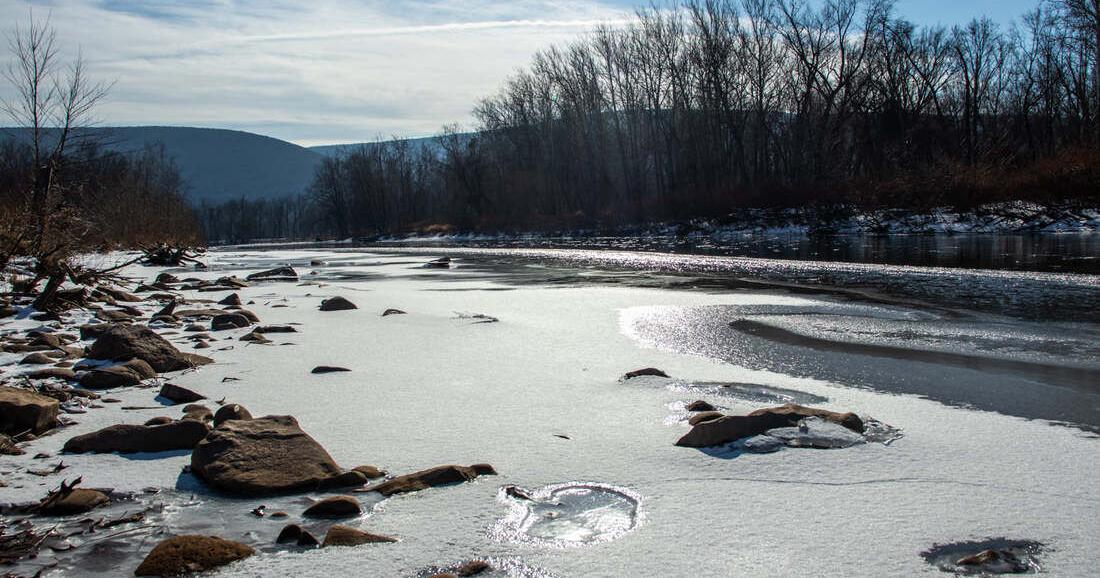Drove to Pittsburgh last weekend for Christmas. Our dark gray (almost black) Subaru Outback was white, literally white, from the door handles down. It looked like a legit two-tone paint job from the 80’s/early 90’s.
It wasn’t a fun drive out Friday night. Thermometer on the car bottomed out at -6 at the top of Laurel Hill on the TPike. There was a light, fine snow and freezing fog from the Allegheny Front all the way west to my parents house, 20 miles south of Pittsburgh. Every pull off had cars scraping ice buildup off their windshields, assumedly after their de-icing equipment either froze or couldn’t keep up. Our windshield was fine, but I had to stop to clear the ice off my headlights. After an hour or so of driving through that they were covered in ice so bad it was if they were in DRL mode, as opposed to actually being on. Couldn’t see squat. -6 is really, really cold. Don’t recall the last time I saw that in PA, away from the far northern tier.
The roads were heavily salted, heaviest I’ve ever seen. Numerous times I wasn’t sure what I was driving through was piles of salt or snow. It was salt.
I know this much, it’s bad for cars. Especially body on frame vehicles with an exposed frame. I try to never let my 4Runner see salted roads. Have mostly succeeded aside from a few emergencies and rogue squalls. It gets a full undercarriage wash with the wand at the car wash whenever it does.

 www.northcentralpa.com
www.northcentralpa.com







